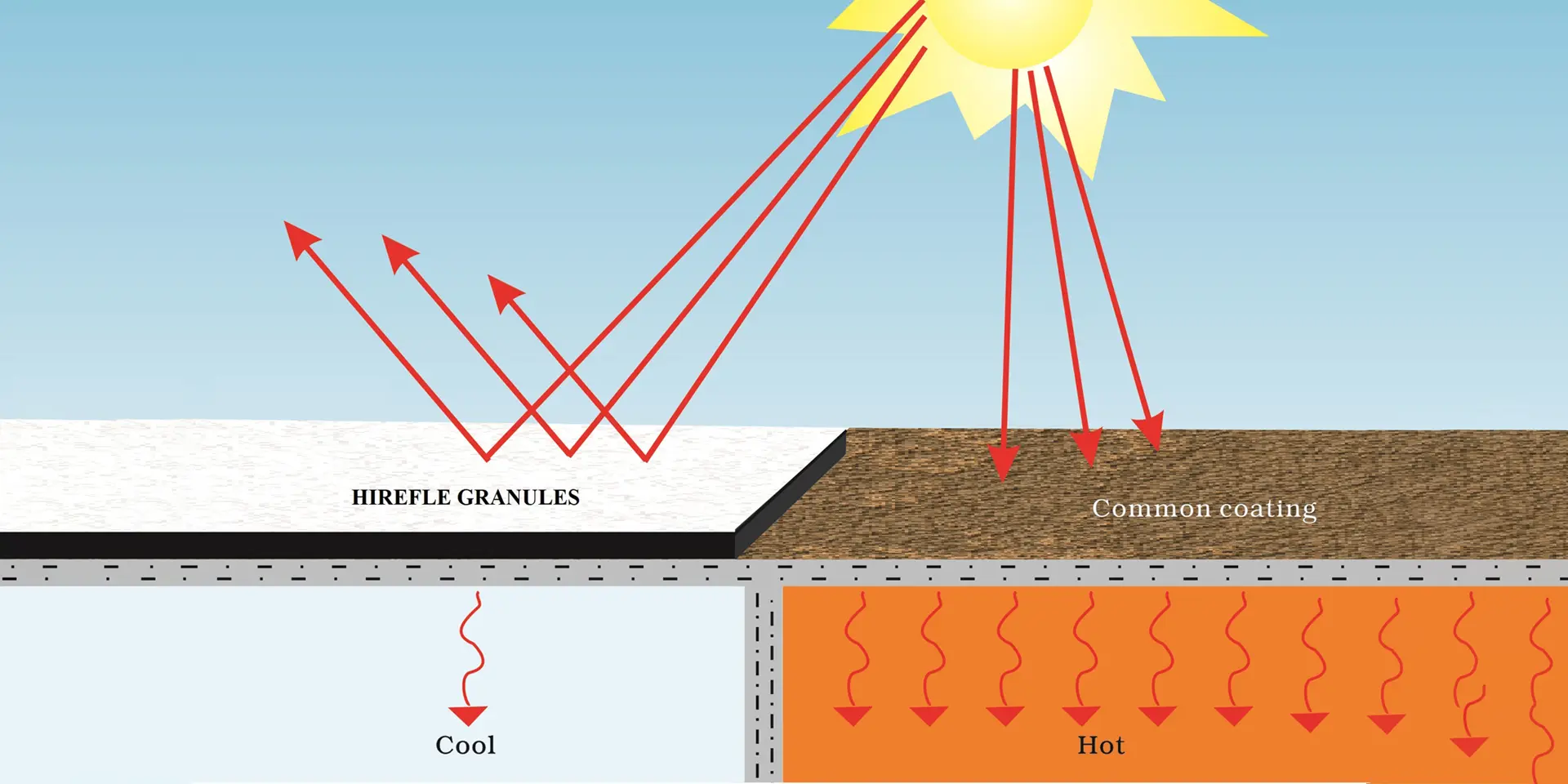
Dec . 02, 2024 05:01 Back to list
Snow Guards for Protecting Asphalt Shingle Roofs from Winter Damage and Accumulation
The Importance of Snow Guards for Asphalt Shingle Roofs
As winter sets in and the chilly winds start blowing, homeowners often find themselves preparing for the snow that blankets rooftops across the landscape. However, when it comes to the safety and integrity of asphalt shingle roofs, the role of snow guards cannot be overlooked. These devices play a critical role in managing snow and ice accumulation, protecting both the structure of the roof and the safety of people and property below.
What Are Snow Guards?
Snow guards are devices installed on roofs to control the movement of snow and ice. They act as a preventative measure, ensuring that snow doesn’t slide off suddenly but rather melts and falls gradually. This management is essential, especially for asphalt shingle roofs, which are often susceptible to damage from the weight and sliding of ice and snow. Snow guards can be made from various materials, including metal, plastic, and durable rubber, designed to withstand harsh weather conditions.
Why Are Snow Guards Necessary?
1. Protection of Roof Integrity Asphalt shingles, while durable, can suffer damage from the heavy weight of snow and ice. When snow accumulates, any sudden movement can dislodge shingles, leading to leaks and extensive water damage. Snow guards help to keep the snow in place, reducing the risk of slipping and sliding that can damage the roofing material.
2. Safety Considerations One of the primary reasons for installing snow guards is safety. Heavy snow sliding off a roof can cause injuries to people below or damage cars, fencing, and landscaping. Snow guards ensure that snow and ice release in controlled amounts rather than in large, unpredictable avalanches.
3. Avoiding Costly Repairs The cost of repairing a roof damaged by sliding snow can be significant. In addition to replacing shingles, there may be hidden damages to the roof’s underlayment or structure that can lead to expensive repairs. By investing in snow guards, homeowners can save money in the long run by preventing these potential issues.
4. Aesthetic Appeal Some snow guards come in decorative designs that can enhance the overall look of the roof. With various styles available, homeowners can choose guards that not only serve a functional purpose but also complement their home’s architecture.
snow guards asphalt shingle roof

Types of Snow Guards
1. Clamp-Style Snow Guards These are typically attached to the seams of metal roofs, but they can also be adapted for use on asphalt shingles. They utilize clamps to hold snow in place until it melts.
2. Freestanding Snow Guards These are placed directly on the roof surface and can be effective on various roof types. They create barriers that help retain snow.
3. Track-Style Snow Guards These are installed along the slope of the roof and are designed to allow snow to accumulate but hold it back from sliding quickly.
4. Hybrid Snow Guards Combining features of different types, hybrid snow guards can be customized for specific roofs and climates, providing enhanced performance.
Installation and Maintenance
Proper installation is crucial for the effectiveness of snow guards. It is often recommended to consult with professionals who specialize in roofing to ensure that the guards are placed in optimal locations on the roof. Homeowners should also perform regular inspections to check for any wear or damage to the guards and ensure they remain effective throughout the winter season.
Conclusion
As winter approaches, investing in snow guards for asphalt shingle roofs becomes a wise decision. Not only do they protect the roof integrity and enhance safety, but they also can save homeowners from costly repairs in the future. With various types available, it is essential to select the right kind and ensure proper installation. Embracing the functionality and advantages of snow guards allows homeowners to enjoy a worry-free winter while protecting their investment in their homes. For those unprepared for the winter season, snow guards can be a simple yet effective solution to a potentially dangerous situation.
-
Stone Coated Metal Roof Tile-Roman Tile for Durable Elegant Roofing
NewsJul.24,2025
-
Stone Coated Metal Roof Tile-Nosen Tile: Durable & Stylish Roofing
NewsJul.23,2025
-
Durable Tiles Made of Clay for Modern Cladding Solutions
NewsJul.22,2025
-
Stone Coated Roman Tile Metal Roofing - Durable & Elegant
NewsJul.22,2025
-
Premium Roofing Granules for Sale - High Durability & Cost-Saving
NewsJul.21,2025
-
Durable Laminated Shingles for Weather-Resistant Roofing
NewsJul.21,2025







